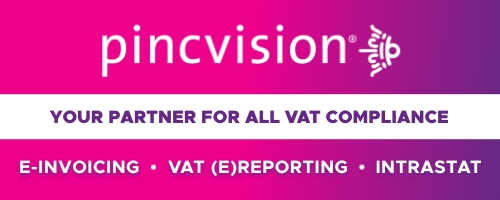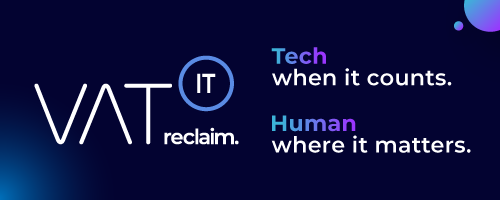The digital age is shaping the world of tax into an entirely different format. It not only shifts the relationship between taxpayers and tax authorities, but alters the way tax returns are submitted, taxes are paid and information is stored.
Value Added Tax (VAT) and certain risks
Value-added tax (VAT) is an indirect consumption tax placed on products or services whenever value is added in the supply chain, from production to the point of sale. In the current state of VAT — on both national and international level – the system is fraught with a variety of problems. The system makes it difficult for governments to track VAT payments, resulting in different types of fraud. In an international context, controlling VAT data is even more troublesome as each country maintains their own ledgers, making it difficult to obtain wholesome data on VAT movements.
Source GCCFintax















